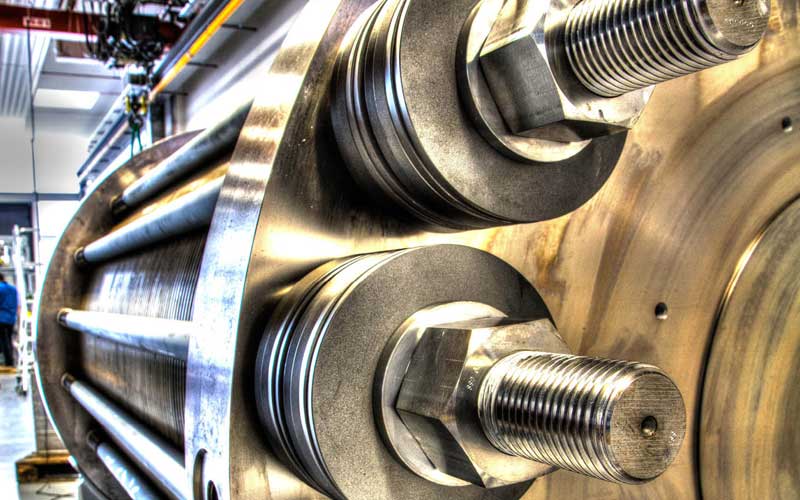There is hardly a citizen who has not heard about green hydrogen in a few months. This technology slipped away every time energy conversion projects came to light. Beyond photovoltaic solar, wind or hydraulic. Now comes the turn of a system that knows little by little where it will be, at what time, and what it will be used for in the future.
Europe wants to install about 40 gigawatts (gw) of electrolysis by 2030: systems that produce hydrogen. Spain plans to make 10 percent of that amount. In fact, just a week ago, the Ministry of Environmental Change awarded 100 million euros in aid to innovative projects involving large-scale electrolysis. The project is included in PERTE ERHA (Renewable and Green Hydrogen) and seeks to promote both the development of electrolysis demonstrators and efforts for the actual integration of high-efficiency electrolyzers in industrial environments.
The program has provided aid between 10 and 15 million to seven projects in five autonomous communities: Andalusia (three), Valencian Community, Asturias, Galicia and Castilla-La Mancha. A total of 60 million initiatives have been implemented in Just Transition areas such as the neighborhoods of old thermal power plants such as Carboneras (Almería), Mirama (A Coruña) or the Apono Thermoelectric Complex (Asturias).
Electrolyzers are key devices in the entire green hydrogen production process. They are devices that help split water molecules into oxygen and hydrogen atoms. To achieve this, it is necessary to use electrical energy as the connections between these two components are very stable. From there, a division is achieved in a process called electrolysis. The hydrogen produced is stored as a compressed gas or liquefied for use in factories or in hydrogen fuel cells that power transportation such as trains, ships and airplanes. For its part, the oxygen produced in parallel is released into the atmosphere or in some cases stored for use as a medical or industrial gas.
Future technology
Big energy companies have already been placed to develop these projects. Investments in heterogeneous hydrogen projects will include: electrolysis plants; active industrial and transport points where the use of this raw material is implemented; Alternative projects for areas affected by the closure of old coal plants… and all this, investments and, therefore, employment for those areas, many of which are empty in Spain.
One of the world’s largest electrolysers is located in Fukushima (Japan), the site of a nuclear disaster following the 2011 tsunami that destroyed the area, including the power plant. At the time, it represented a paradigm shift in energy production as it was already powered by solar panels. Recently, in January 2021, Japanese electrolyzer Pekancore (Canada) exceeded the polymeric membrane device with a production of 8.2 tons per day.

